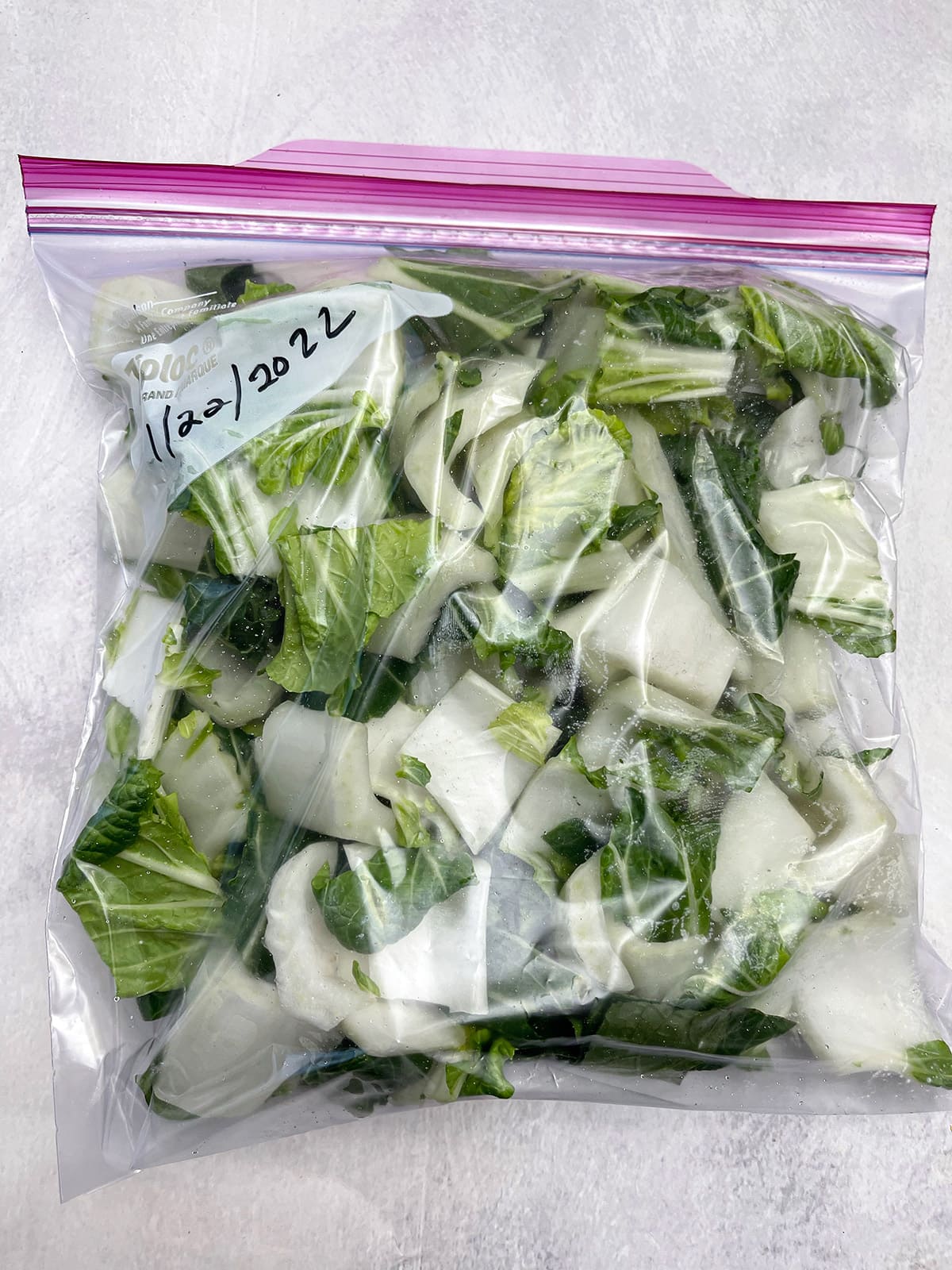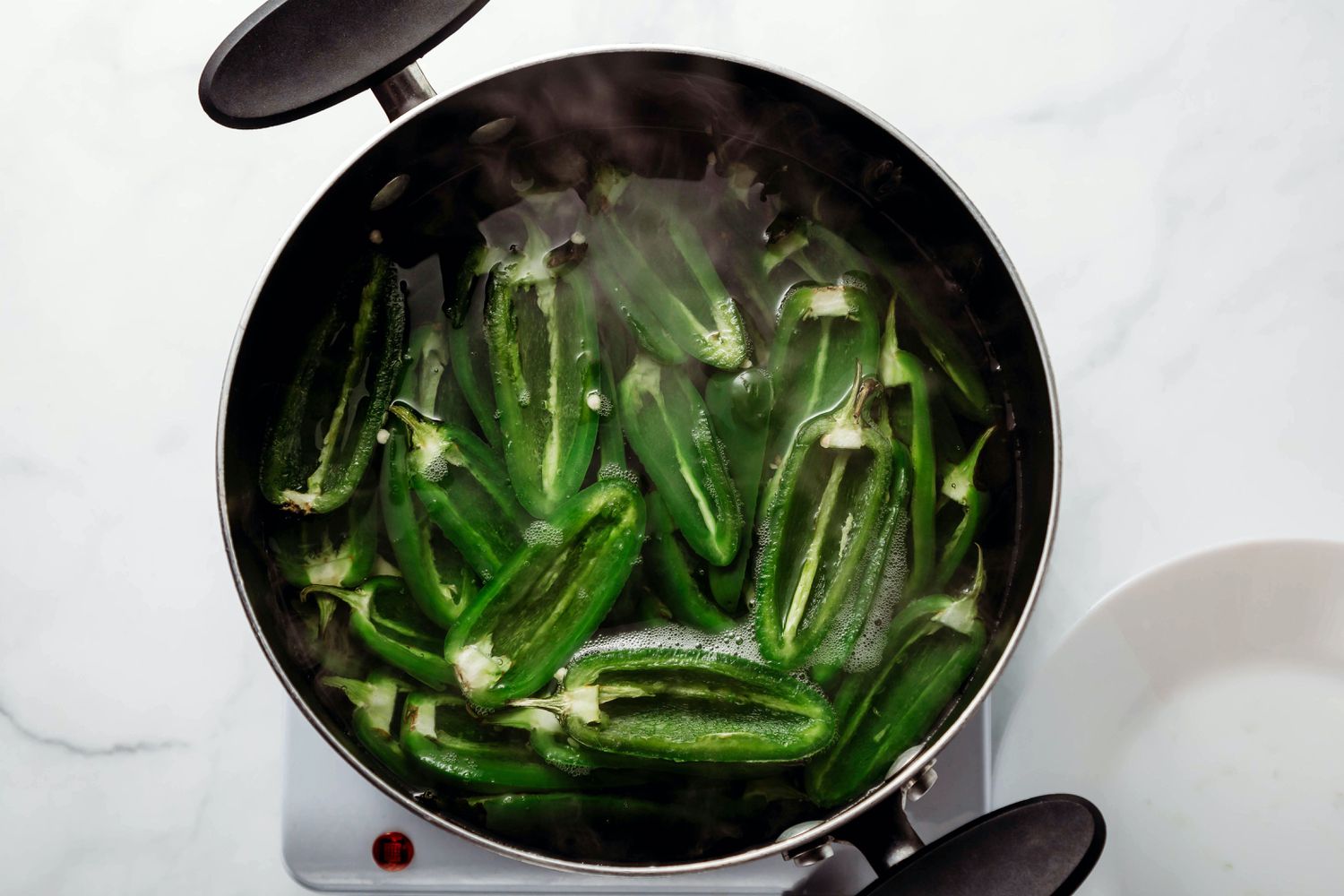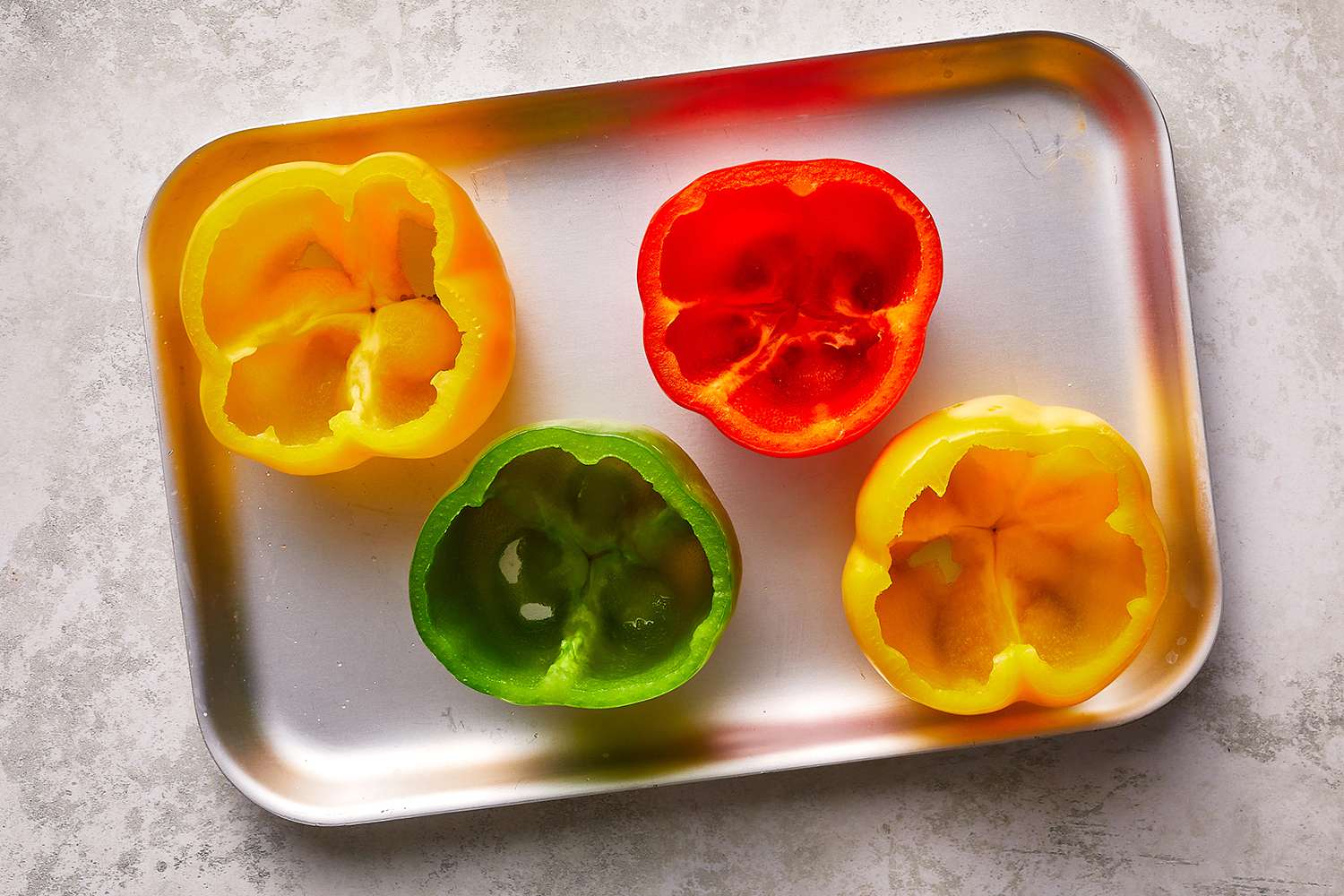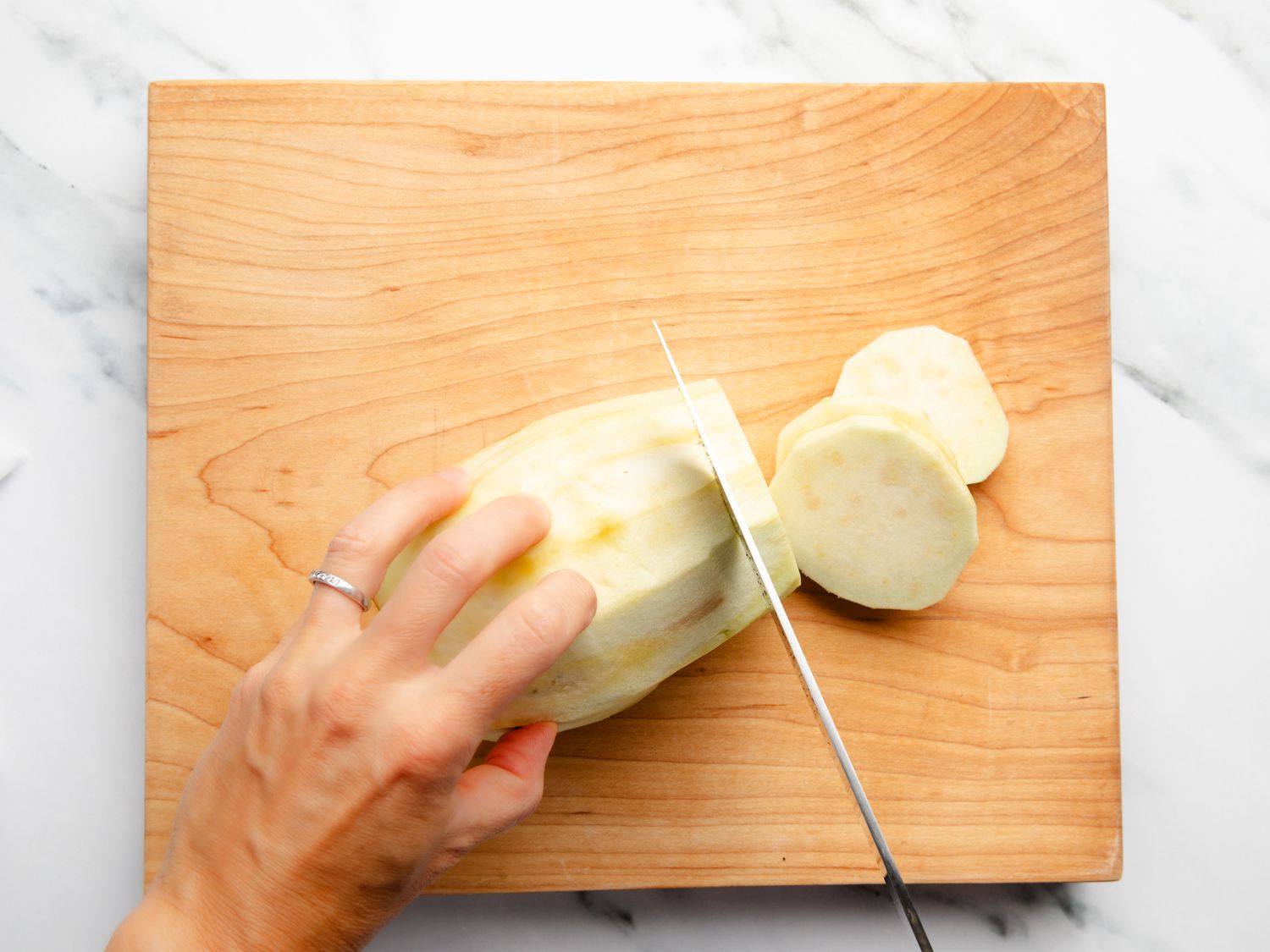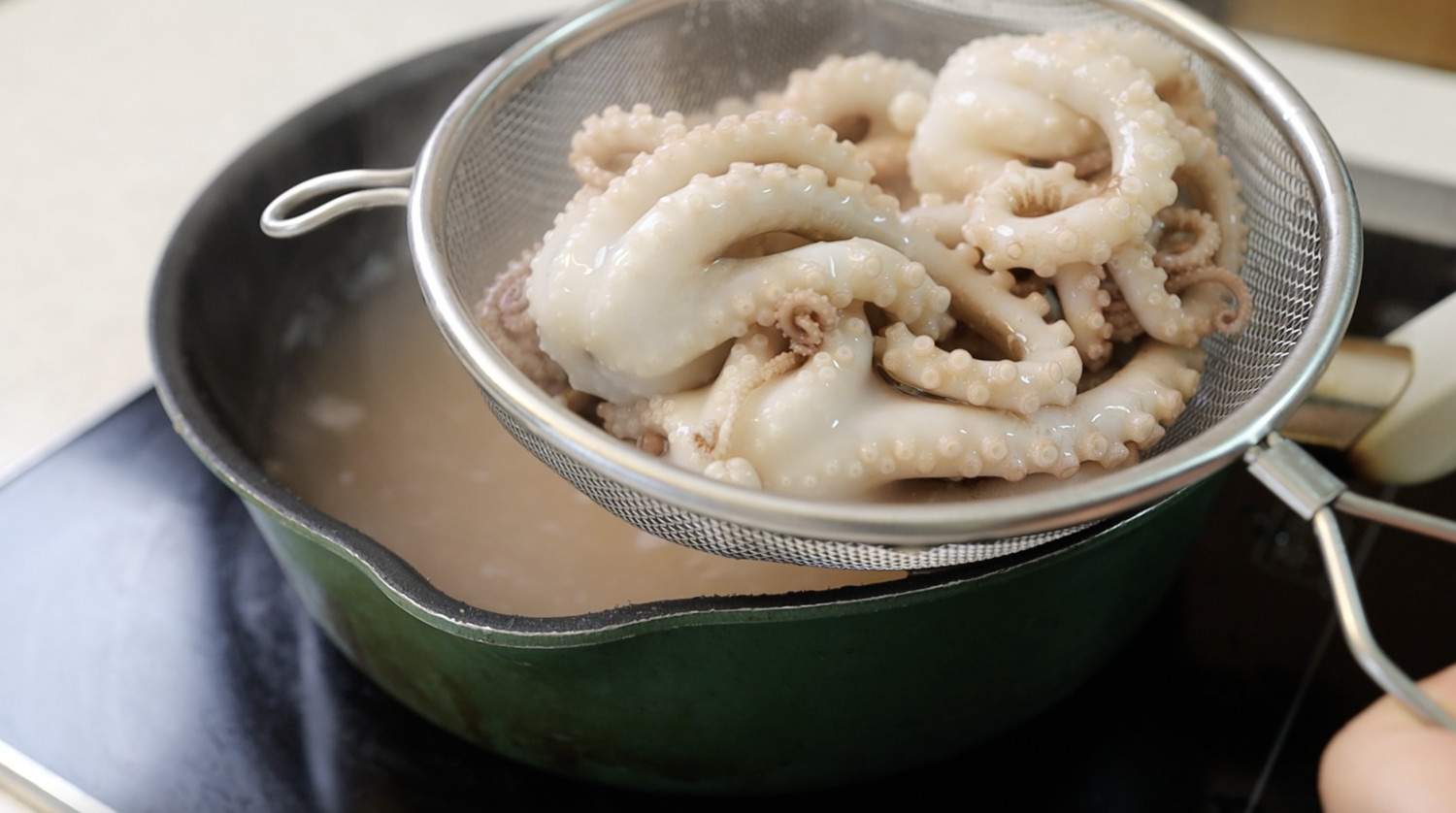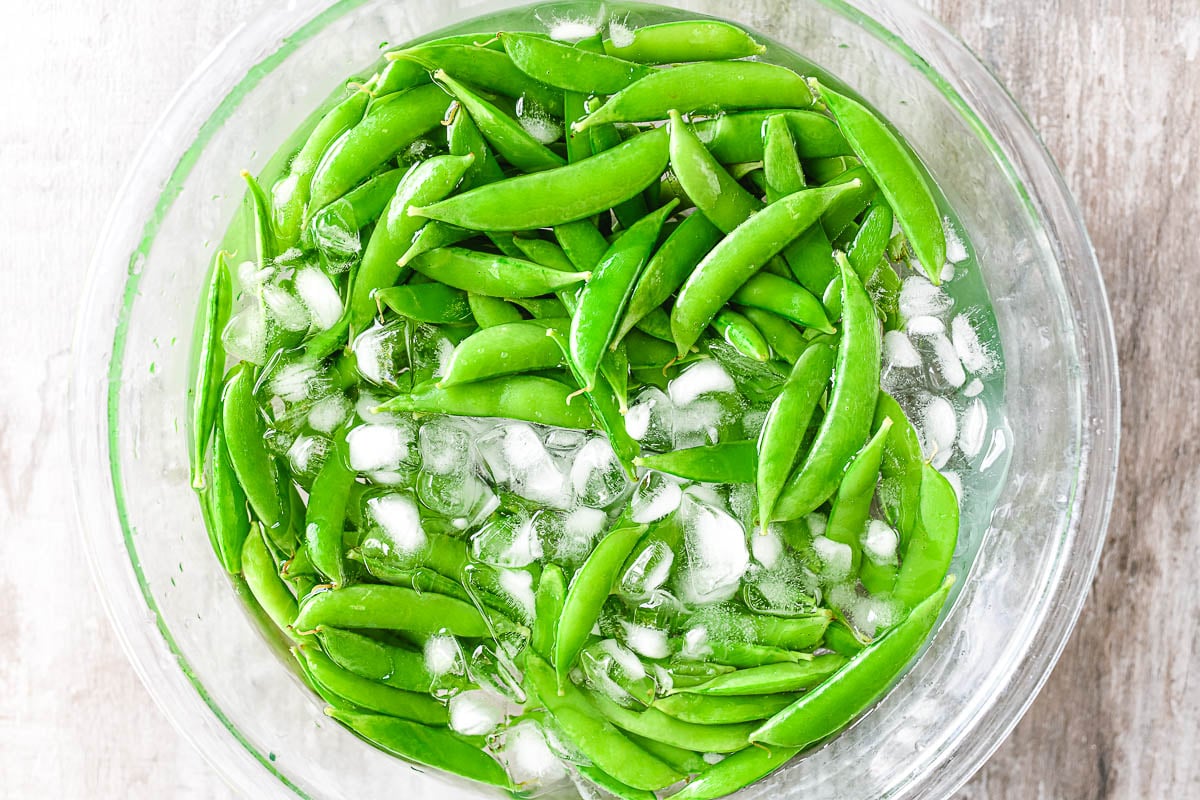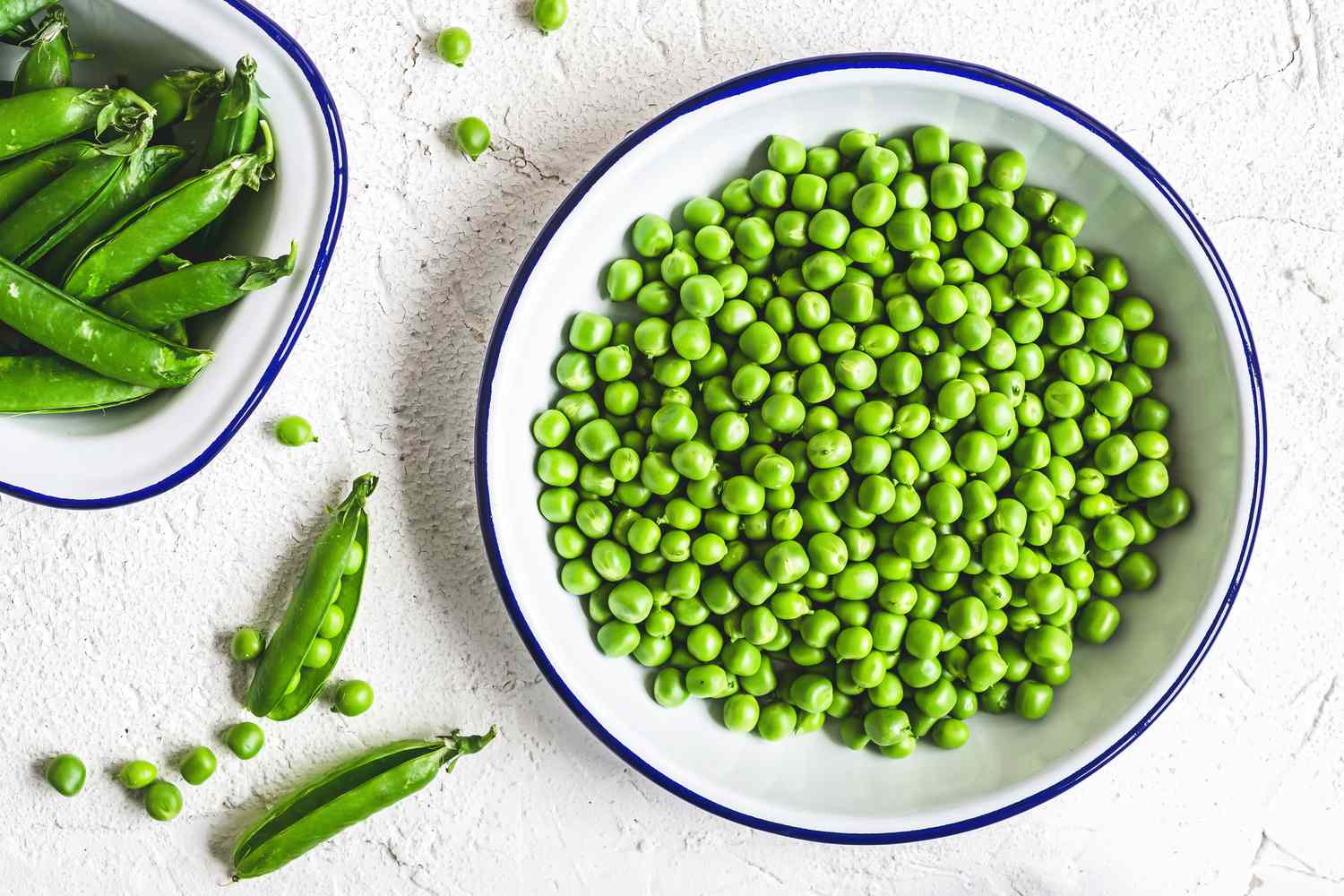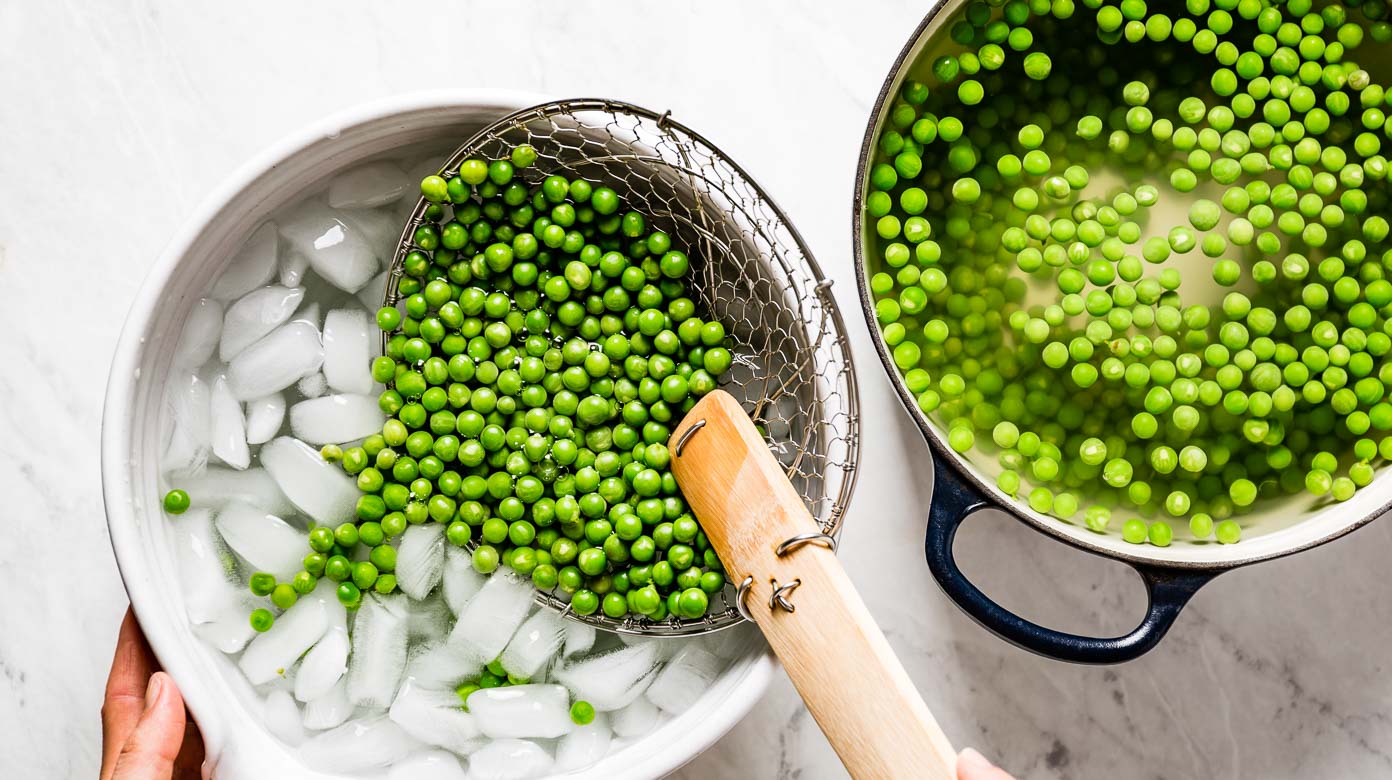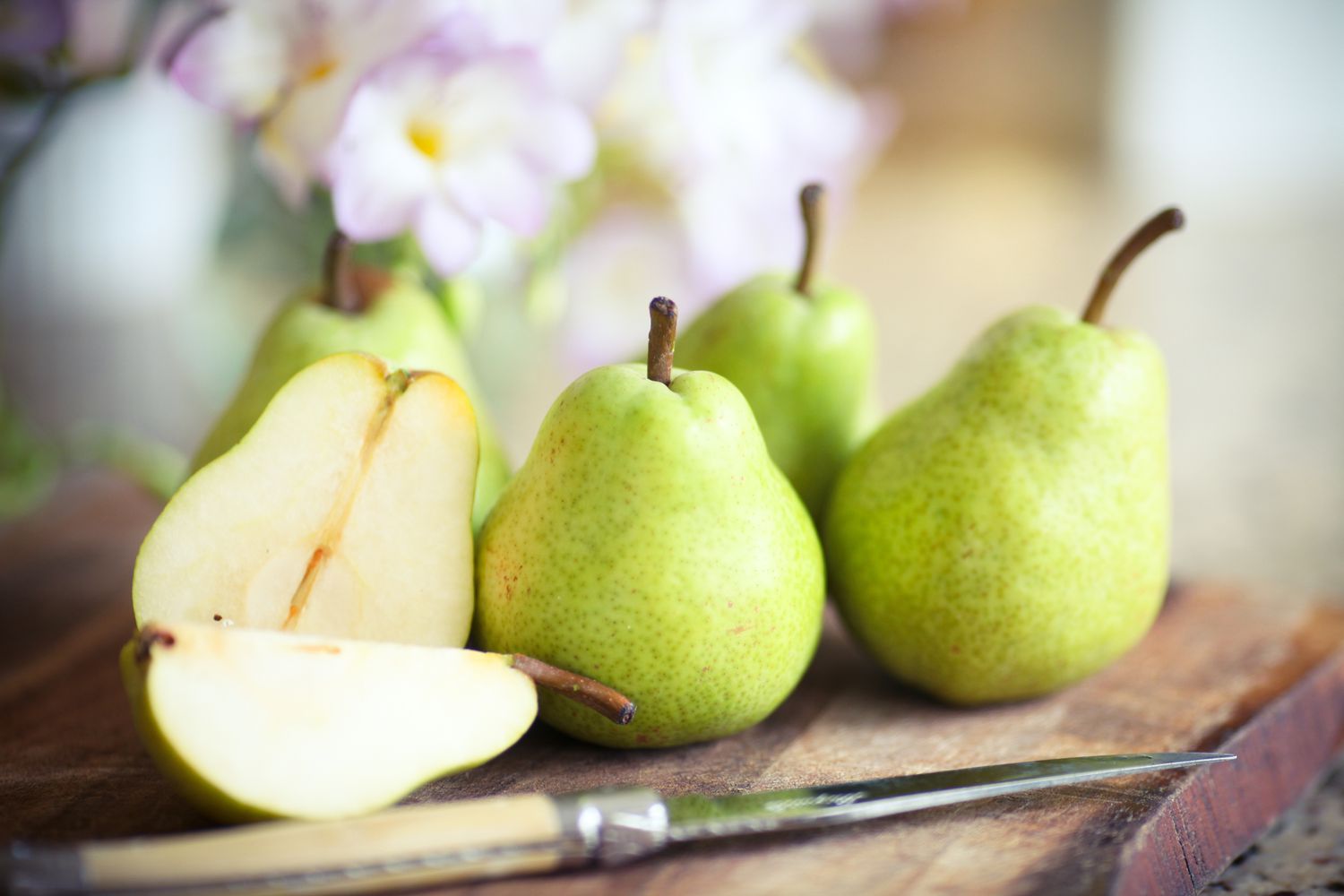Preserving the Freshness: How to Blanch Peppers for Freezing
Peppers are a versatile and flavorful addition to many dishes, but they can spoil quickly if not properly preserved. One of the best ways to ensure that your peppers stay fresh for an extended period is by blanching and freezing them. This simple process helps to lock in the peppers’ vibrant color, flavor, and nutrients, making them a convenient and delicious ingredient to have on hand. In this guide, we’ll walk you through the steps to blanch peppers for freezing, so you can enjoy their goodness all year round.
What You’ll Need:
- Fresh peppers
- Sharp knife
- Cutting board
- Large pot
- Slotted spoon
- Bowl of ice water
- Freezer-safe containers or bags
Step 1: Prepare the Peppers
Start by selecting fresh, firm peppers. Wash them thoroughly under running water to remove any dirt or residue. Then, using a sharp knife and cutting board, carefully remove the stems, seeds, and membranes from the peppers. You can choose to leave the peppers whole or slice them into strips or chunks, depending on your preference.
Step 2: Blanching Process
Fill a large pot with water and bring it to a rolling boil over high heat. While the water is heating up, fill a bowl with cold water and ice cubes. Once the water reaches a boil, carefully add the prepared peppers to the pot using a slotted spoon. Allow the peppers to blanch in the boiling water for 2-3 minutes. Blanching helps to deactivate enzymes that can cause the peppers to spoil over time while also preserving their color and texture.
Step 3: Ice Bath
After blanching, quickly remove the peppers from the boiling water using the slotted spoon and transfer them to the bowl of ice water. The ice water will stop the cooking process and help the peppers retain their crispness and color. Let the peppers sit in the ice bath for the same amount of time they were blanched, ensuring that they cool down completely.
Step 4: Drain and Dry
Once the peppers have cooled, remove them from the ice water and allow them to drain in a colander. Gently pat them dry with a clean kitchen towel to remove any excess moisture. Properly dried peppers will freeze more effectively and prevent ice crystals from forming, which can affect their texture.
Step 5: Freezing the Peppers
Now that your peppers are blanched and dried, it’s time to pack them for freezing. You can use freezer-safe containers or resealable plastic bags for this purpose. Pack the peppers into the containers or bags, leaving some room for expansion, and seal them tightly. Be sure to label the containers or bags with the date and type of peppers to keep track of their freshness.
Enjoying Your Frozen Peppers
When you’re ready to use your frozen peppers, simply remove the desired amount from the freezer and allow them to thaw at room temperature or in the refrigerator. Frozen peppers are perfect for adding to soups, stews, stir-fries, and other cooked dishes. Their vibrant color and fresh flavor will enhance your culinary creations, bringing a taste of summer to your meals, no matter the season.
By following these simple steps to blanch and freeze your peppers, you can enjoy the bounty of the harvest year-round. Whether you’re preserving a surplus from your garden or taking advantage of a great deal at the market, blanching peppers for freezing is a practical and rewarding way to extend their shelf life and savor their deliciousness whenever you please.
For those looking to use their newly acquired pepper-blanching skills, there are several recipes to try. Start with Stuffed Bell Peppers, where the blanched peppers will hold their shape perfectly. Beef and Pepper Stir-Fry benefits from blanched peppers as they cook quicker and retain their vibrant color. For a smooth, rich sauce, Spaghetti with Roasted Red Pepper Sauce is a must-try. Pepper and Mushroom Pizza will have a delightful texture with slightly tender peppers. Pepper and Tomato Gazpacho offers a refreshing, cold soup experience enhanced by blanched peppers' sweetness. Lastly, Pepper and Chickpea Salad provides a crunchy, nutritious side dish. Each of these recipes highlights the benefits of blanching and freezing peppers, making meal prep more efficient and flavorful.
